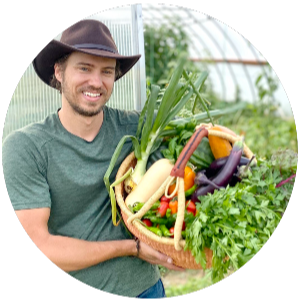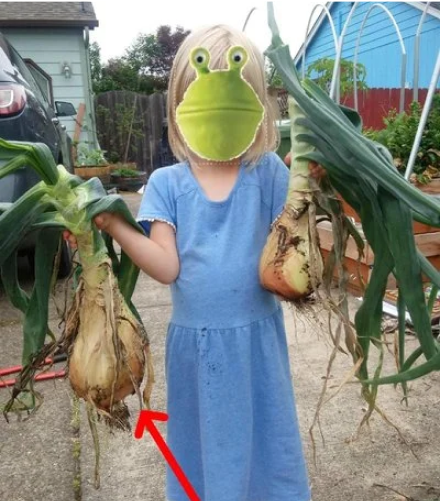Category: Uncategorized
Interview With Joel Salatin: Why Should People Grow Their Own Food?
A few weeks ago I had the pleasure of talking with Joel Salatin after his inspirational speech in at the annual Fort Collins Sustainable Living Fair. I asked him several questions about home food production in America. He shed some light on the reasons why people don’t grow their own food and how we can […]
Over the Thanksgiving holiday I was back in Arizona and had the great opportunity to stop by the Garden Pool and interview the creator Dennis McClung. In the interview I ask him a few questions about what inspired the Garden Pool, how much time he invests in it and what he is able to produce […]
Mission Accomplished: First Aquaponics System in Earthship Installed!
I first learned about the Earthship concept when I was in middle school. It made perfect sense to me and really appealed to my practicality. Little did I know I would be building Earthships one day… Before attending the Earthship Academy this summer I did a great deal of research on Earthships. I read every […]
Come build this chicken coop! Next week I will be leading an Earthship style building workshop here in Boulder. We will build a rad looking chicken coop out of bottles, cans, and tires using some of the skills I learned at Earthship Biotecture in Taos NM. If you or anyone you know is interested in […]
Interview with Geoff Lawton: Can Aquaponics Be Part of Permaculture?
I was recently in Melbourne Australia to do a PDC with Bill Mollison and Geoff Lawton. Here is a short interview I did with Geoff Lawton, master permaculturist and founder of the Permaculture Research Institute (PRI), Australia. In the video I ask him three important questions on how aquaponics relates to permaculture and how the […]
Welcome to Grow Everywhere! Here our mission is to harvest the inspiration of successful home gardeners and inspire people all over the globe so they too can grow their own food at home. Our goal is to show that sustainable gardening can be easy and fun by providing step by step instructions on gardening topics […]
When people start composting they sometimes think that it will be a walk in the park… And often times, it can be if you know a few basic principles. One of the common complaints I hear is that they don’t know what to do about maggots in compost. Maggots in your compost bin are not […]
This Aquaponic micro-farm was a really inspiring place to visit. I unfortunately arrived a little bit late to the tour and had to stay late to ask more questions. At TC’s place, I learned a few new things about horticulture including what a luffa […]
–This post was written on September 16th but didn’t make it to the blog until today– WOW! What a day. The day was packed with Aquaponics and isn’t even over yet. I’m sitting in a great little coffee shop with a conscious mission in Winter Garden FL which happens to sit under one of the […]



